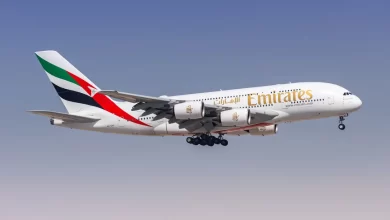The Development Budget Coordination Committee (DBCC) has adjusted its inflation forecast on its peak this October or November 2018.
In a press conference, DBCC chair and Budget Secretary Benjamin Diokno said that the committee has adjusted its 2018 inflation forecast range to 4.8-5.2 percent.
In July, the committee said that the inflation forecast range this year would only be around 4-4.5 percent.
The inflation forecast range for 2019 was also adjusted to 3 percent and 4 percent. Inflation rate is not expected to return within the 2-4 percent target range until 2022.
Diokno said that the adjustments in the inflation forecast range was affected by high crude prices in the global market.
“Inflation forecasts for this year and next year have been adjusted upwards to 4.8 to 5.2 percent and 3.0 to 4.0 percent, respectively,” said Diokno.
Inflation to peak in October or November
Monetary Board member Felipe M. Medalla said that inflation rate is seen to further accelerate and even peak this October or November.
The rate, however, is not expected to reach 7 percent.
“We expect the month-on-month to start normalizing already. But because of the year-on-year, which is an accumulation of 12 months, [inflation] may still go up,” Medalla said.
In September, The Philippine Statistics Authority (PSA) reported that inflation rate in the country has further risen to a new nine-year high of 6.7 percent.
The September inflation rate was slightly higher than the 6.4 percent rate reported in August and is the highest since March 2009.
How will this affect OFWs?
Inflation rate is defined as the sustained increase in the prices of general and common goods and services in a country.
While the dirham-peso exchange remains high, it means nothing for OFW families if the continuous inflation in the country and uptick in prices would be taken into consideration especially with the upcoming Christmas season.
Several lawmakers are already seeking ways to help OFW families with the rising prices of goods in the Philippines.



